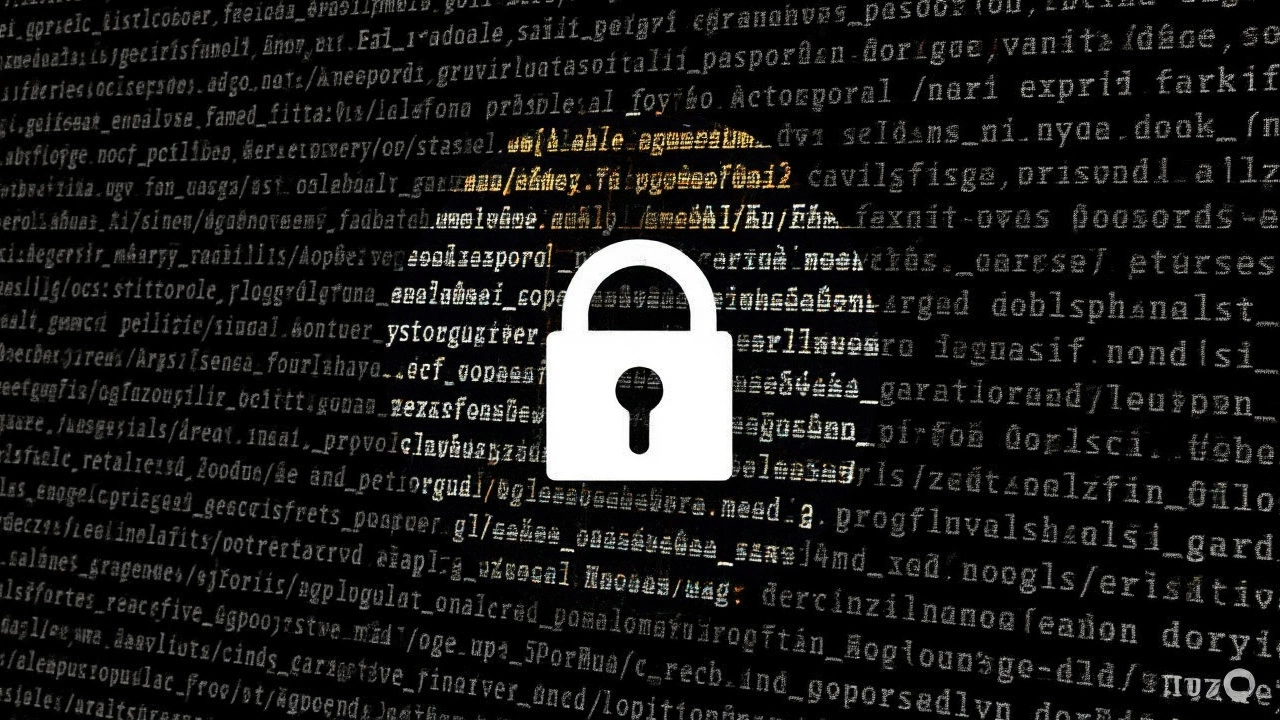16 Billion Credentials Exposed: What It Means and How to Stay Safe
Imagine a list that holds more than 16 billion usernames, emails, and passwords. That list is out there, floating on the dark web, and it’s not just a headline – it’s a real risk for anyone who uses the internet. If you think you’re too small to be targeted, think again. Bad actors don’t need a fancy profile; they just need a big pile of credentials to try.
Why the breach matters
First off, the sheer size of the dump means it covers a huge range of services – from popular social media sites to obscure forums. That diversity gives hackers a lot of options. They can try the same password on multiple sites (credential stuffing) or sell the data to other criminals who specialize in phishing or identity theft. One compromised email can lead to a chain reaction: reset a banking password, open a fraudulent account, or even steal your personal data for blackmail.
Second, most people reuse passwords. If you use "Password123!" for your email, a game, and your streaming service, the breach could give attackers a free pass to all three. Even if you have two‑factor authentication (2FA) enabled, many services still allow a password‑only login for backup codes or recovery options. That’s a backdoor you may not even know exists.
Finally, the breach isn’t a one‑off event. New dumps appear all the time, and the data often gets refreshed with fresh credentials from newer hacks. The more data that’s out there, the higher the chance your info shows up in the next big leak.
Steps you can take right now
Start with a quick password audit. Use a password manager to see which accounts share the same login. Change any duplicate passwords to something unique – the longer and more random, the better. If you can, enable 2FA on every account that offers it. Authenticator apps are more secure than SMS codes, which can be intercepted.
Next, check if your email address appears in any known breach databases. Websites like HaveIBeenPwned let you type in an email and see if it’s been exposed. If it shows up, treat it as a warning sign and update that password immediately.
Consider setting up alerts for unusual activity. Many banks and email providers let you receive a notification if a login happens from a new device or location. Those alerts give you a chance to act before any damage spreads.
Finally, think about a credit freeze or fraud alert if you suspect your personal info (like Social Security numbers) might be part of the dump. It’s a simple step that can stop identity thieves from opening new accounts in your name.
Staying safe in a world where 16 billion credentials are floating around isn’t about panic – it’s about taking small, smart actions every day. Check your passwords, use 2FA, stay alert, and you’ll keep the bad guys from turning that massive dump into a personal nightmare.




